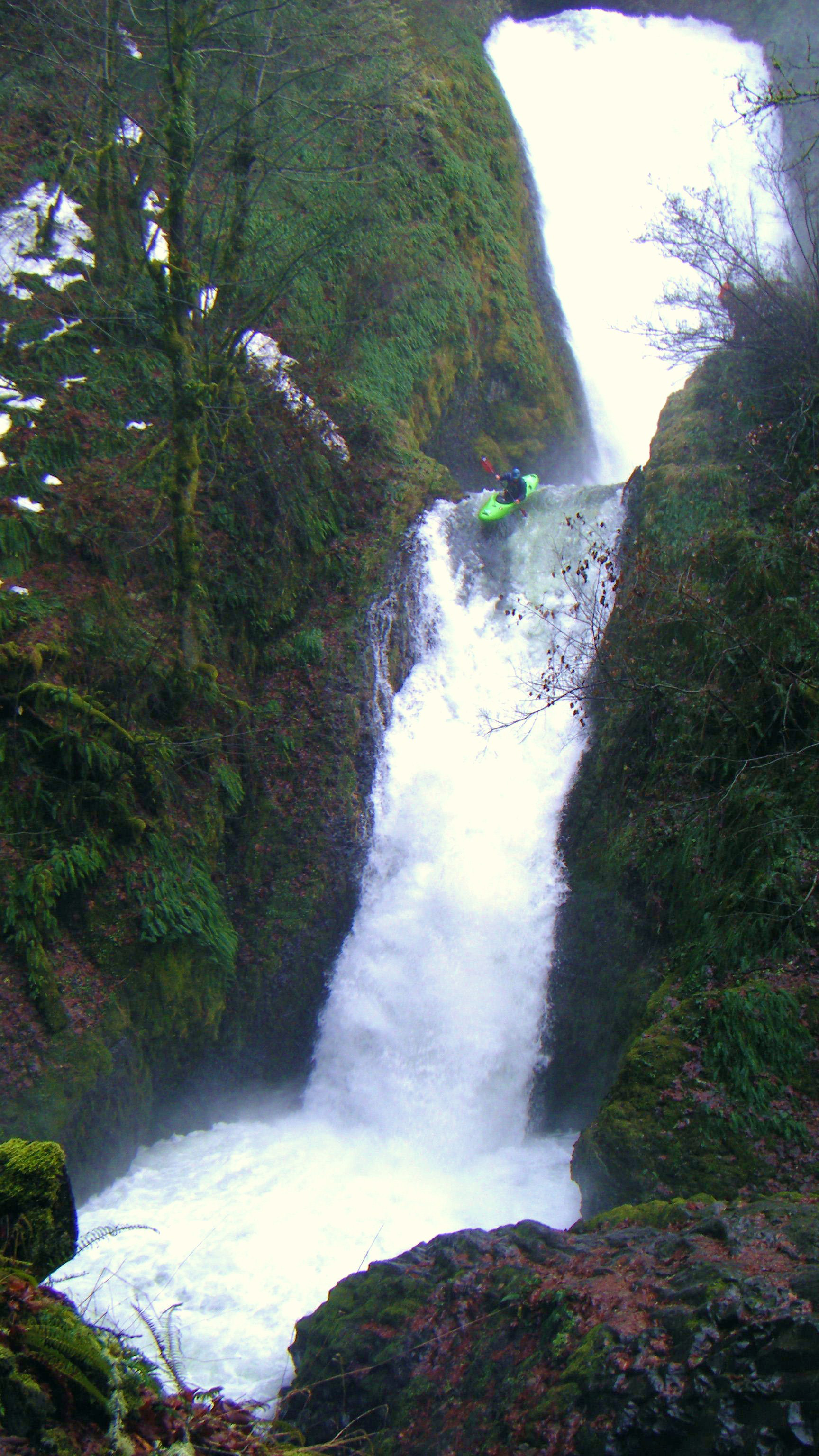A significant portion of the Multnomah-Wahkeena loop trail in the Columbia River Gorge would be closed indefinitely due to a rockslide and trail instability as a result of the Eagle Creek fire in 2016, according to the United States Department of Agriculture Forest Service. Roughly 40 miles of trails were closed on the Oregon side of the gorge due to the fire.
While it’s unfortunate we can’t walk the famed Multnomah Falls trail, there’s still an abundance of opportunity to see the glory of the gorge.
Trails on the Oregon side
Many trails are still closed or shortened due to the fire on the Oregon side, but there are still quite a few that remain open.
Angels Rest was reopened last November after the Eagle Creek Fire significantly impacted the trail. The Forest Service still urges using extreme caution when embarking on the trail due to loose rocks, fallen trees and debris. On top of that, the trail also involves climbing over large boulders and rocks.
However, the trail offers a striking look at the impact of the fire, as well as the miraculous resurgence of life that has already begun to reappear. Angels Rest takes you high above the gorge and offers a breathtaking 270 degree view of the landscape at its peak. It really feels like being on top of the world.
Horsetail Falls is another awesome gorge hike that isn’t too physically demanding, making it a great place to go with friends and family for a quick day trip. The trail used to include three different waterfalls but has been shortened due to damages from the fire.
Nonetheless, the trail is beautiful and enchanting, reminiscent of a fairy wonderland. The trail leads to a cove behind the horsetail waterfall, which can be a great place to stop and have a picnic as well as a great place to dip your feet into the icy water on a hot day.
Trails on the Washington side
One way to see the gorge from a different perspective is to jump over to the Washington side. Many of the trails weren’t as affected as the Oregon side by the fires, and the views offer a striking look at the “mosaic” quality that the fire painted on Oregon’s cliffs.
Less than a 45-minute drive from Portland, the Cape Horn trailhead is an eight-mile loop with stunning views of the Columbia River and a gorgeous view of Oregon’s marbled landscape. The trail begins amid dense deciduous and coniferous trees, ascending slowly up into a marvelous lookout. The Cape Horn trail has a distinctly different feel than trails on the Oregon side since it gets more sun during the day. Though there aren’t any towering waterfalls, the landscape itself is an incredible sight.
The lower portion of the trail is seasonally closed from Feb. 1 to July 2 due to nesting falcons. Even with the closure, the larger part of the trail is absolutely still worth checking out. You might even see a falcon or two.
Dog Mountain is another spectacular trail on the Washington side. The distance of the trail is relatively short, but things get steep pretty quickly, and it takes some perseverance to climb. All the hard work is definitely worth it, as Dog Mountain is famous for its prime wildflower viewing in May and June. The hills blossom with vibrant yellow balsamroot, red paintbrush and blue lupine. It can feel as if you’re walking through a vibrant painting.
Other awesome gorge activities
Kayaking and Paddleboarding
Kayaking and paddleboarding are great ways to see the gorge in all its glory. There are lots of different rental companies where you can rent a kayak for the day as well as water tours that take you to the most beautiful spots along the river. There’s nothing quite like being on the serene water, surrounded by the emerald hills and misty waterfalls that make the gorge so special. Check out the Gorge Paddling Center in Hood River for more information.
Biking
If you’re up for a real adventure, you can ride your bike on the Columbia River Scenic Highway. Their website has a Columbia River Gorge bike map which includes a series of maps for amazing bike routes, including how to ride your bike from Portland to the gorge—and what roads and trails you can safely take your bike on once you’re there
What can you do to help restore the gorge?
Another awesome way to experience the gorge is to get involved with volunteering opportunities. Because of the fires in the past few years, the gorge needs more help than ever. There are always weeds and invasive species to pull, debris to clear and native species to plant. If you’re interested, check out Friends of the Columbia Gorge, a nonprofit organization dedicated to protecting the gorge.
“Much of the old forest we came to love is gone—that’s a fact we’ll need to accept,” Jamie Hale of The Oregonian said. However, according to Oregon Metro, “The gorge as a natural wonder was neither lost nor destroyed. The Eagle Creek fire, tragic as it was, has created an opportunity for people to witness a natural process often hidden in far-flung wilderness. For the rest of our lives, we have the opportunity to see the rebirth and coming of age of a forest.”





